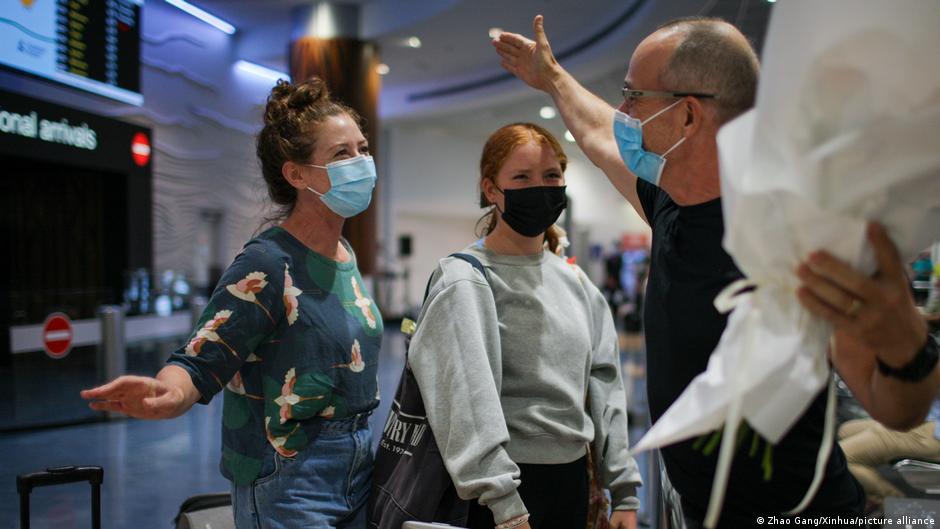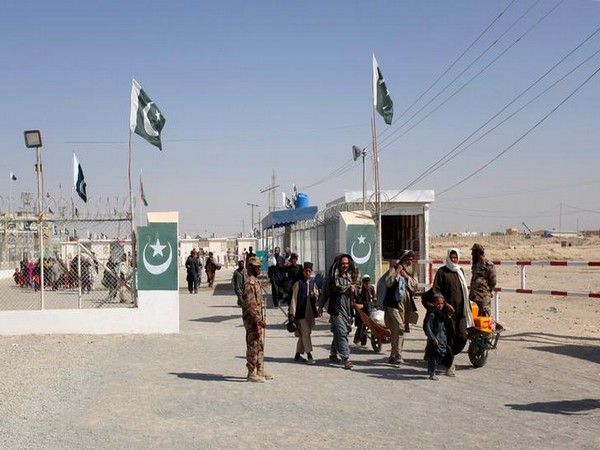
'We have good chance' : Shakib Al Hasan
8 Hour Ago

Truck falls into ditch in Sajek, 6 killed
24 Apr 2024,21:02

Nearly 282 million people faced hunger in 2023: Report
24 Apr 2024,20:03

Human Chain to protest attack on Journalists at FDC
24 Apr 2024,18:47

Tennessee passes bill to let teachers carry guns at school
24 Apr 2024,18:33

Why the US might put sanctions on an Israeli army battalion
24 Apr 2024,18:15

Electric cars sales expected to rise to new record in 2024
24 Apr 2024,18:07

Children in Bangladesh at extremely high risk from heatwave: UNICEF
24 Apr 2024,17:16

Paper Rhyme vocalist Saad is no more
24 Apr 2024,17:16

PM arrives in Bangkok on a six-day official visit
24 Apr 2024,15:52

Slow internet, may suffer for a month
24 Apr 2024,15:37

High Court wants Rohingya voter list
24 Apr 2024,15:06

Sonia to receive PNS-Bipasha Guhathakurata award
24 Apr 2024,14:50

BCB announces preliminary squad for Zimbabwe T20s
23 Apr 2024,20:40

'We have good chance' : Shakib Al Hasan
8 Hour Ago

 Live Tv
Live Tv









